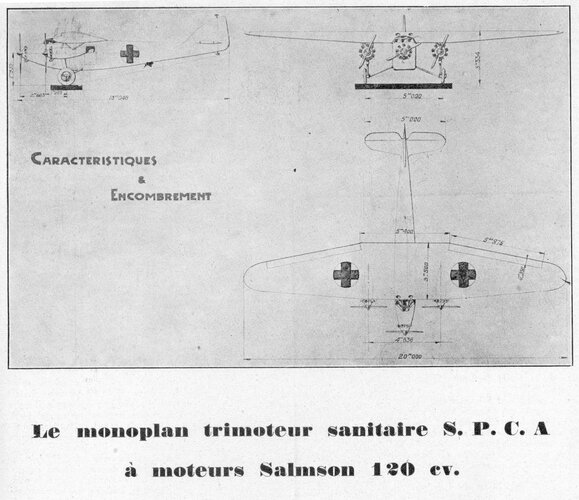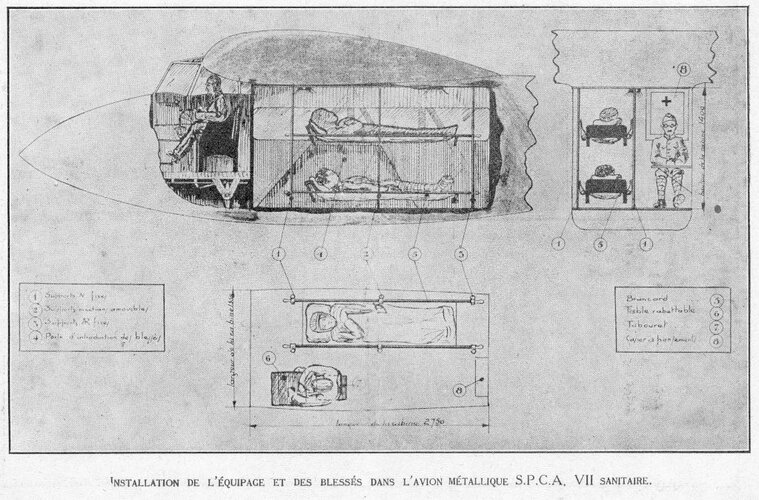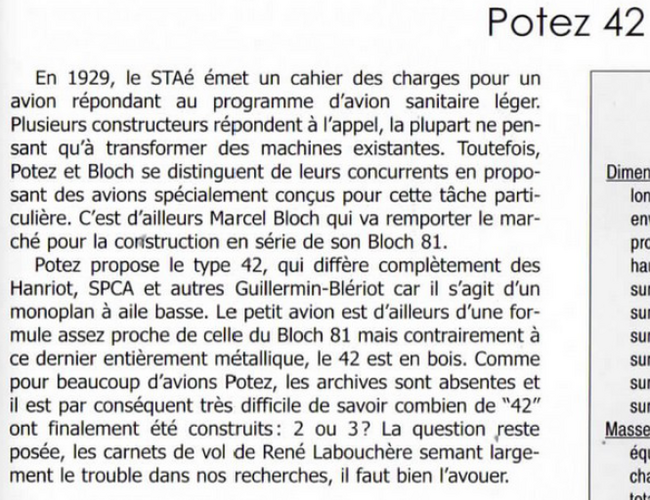- Joined
- 26 May 2006
- Messages
- 33,413
- Reaction score
- 13,404
Whoa! Are you asserting (despite your "?." ending) that "the only logical estimation" must be to subsume an ambulance project with largely unknown attributes into a hydravion de course design 'series' with an entirely hypothetical designation?
That's the only possible hypothetical estimation,because if we look to SPCA,it had three different series (not two),and
everyone is tided enough,without any gaps,and the aircraft was from 1929,and as I said; there's no matching to any
earlier concepts,except this ?!.




